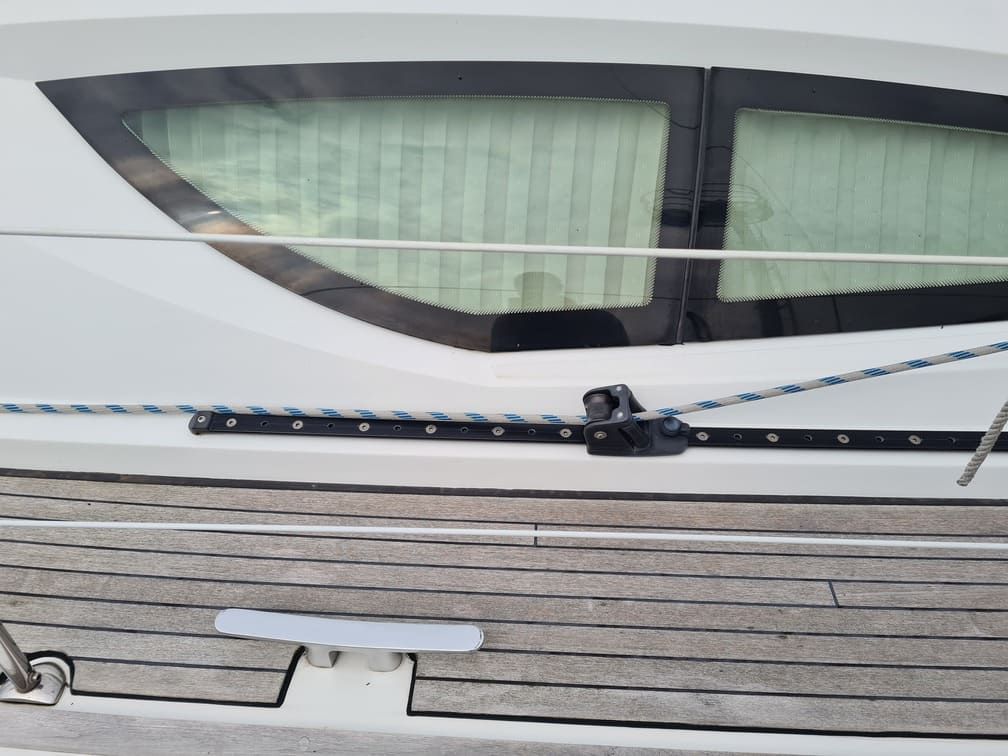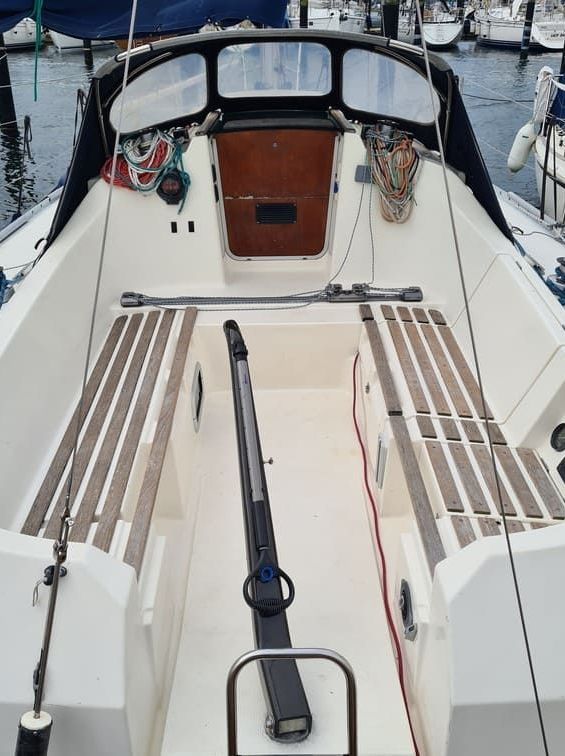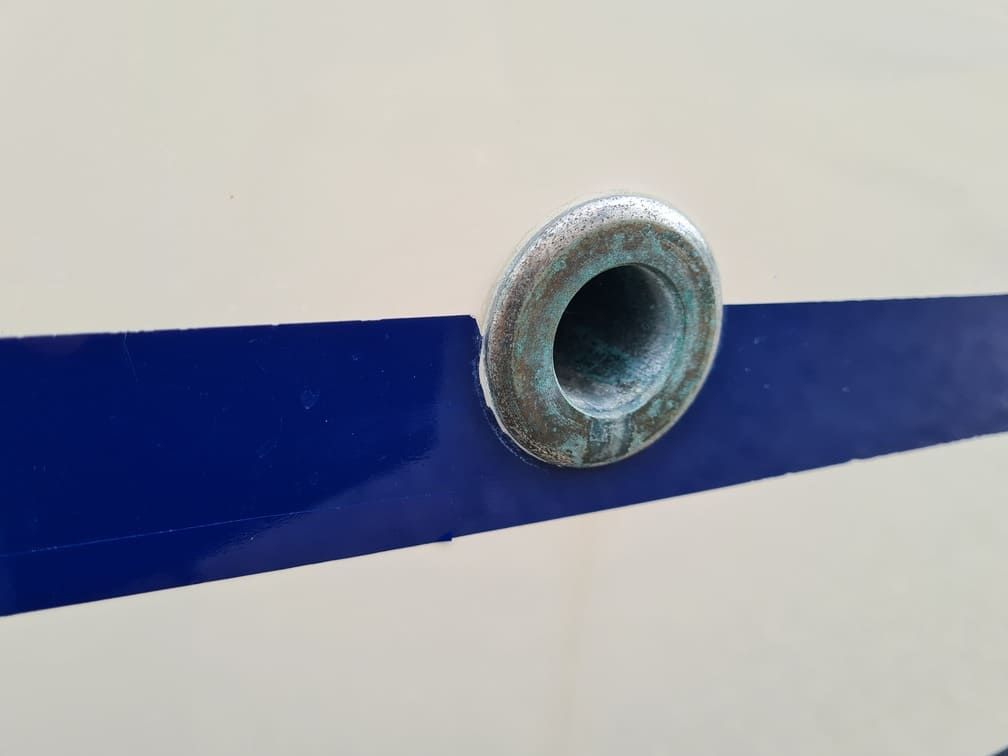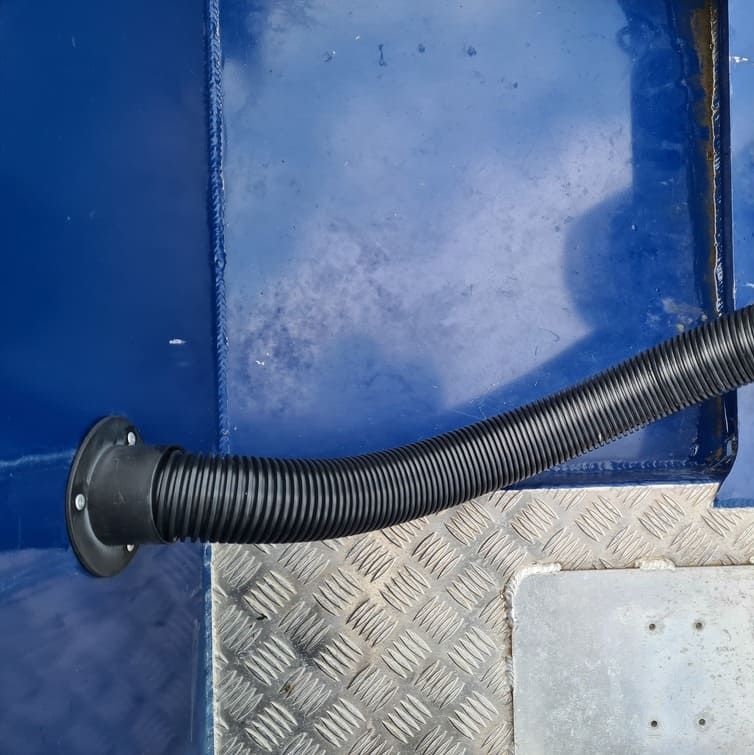Marine Plumbing Cape Coral, FL
Boat plumber on Call
Marine Plumbing near me? - We come to you!
Marine plumbing is a critical aspect of boating that ensures the comfort, safety, and functionality of your vessel. Just as with homes, boats require a reliable plumbing system for water supply, waste management, and various other functionalities. As part of our comprehensive
boat mechanic service, we specialize in marine plumbing, providing expert solutions to keep your boat's plumbing system in top condition. This article explores the importance of marine plumbing, common issues, and the range of services we offer as expert boat plumbers.


What our Marine Service includes
Marine plumbing encompasses all systems on a boat that manage water, including freshwater systems, greywater systems, blackwater systems, and bilge systems. These systems are designed to ensure that water is available where needed, waste is properly managed, and the boat remains dry and buoyant. Key components of marine plumbing include:
Freshwater System:
Supplies potable water for drinking, cooking, and washing. It typically includes a freshwater tank, pumps, filters, and faucets.
Greywater System:
Manages wastewater from sinks, showers, and washing machines.
Blackwater System:
Handles sewage and waste from toilets, requiring a holding tank and discharge system.
Bilge System:
Ensures any water entering the hull is pumped out, maintaining buoyancy and preventing damage.
Common Marine Plumbing Issues
Marine plumbing systems, due to their constant exposure to harsh marine environments, can face various issues. Some of the most common problems include:
Leaks: Water leaks can occur in hoses, fittings, and connections, leading to water damage and potential mold growth.
Blockages: Debris, marine growth, or waste buildup can cause blockages in pipes and hoses, disrupting the flow of water or waste.
Pump Failures: Pumps, essential for water supply and waste management, can fail due to wear and tear, electrical issues, or blockages.
Corrosion: Saltwater and humid conditions can corrode metal components, leading to system failures.
Tank Issues: Freshwater, greywater, and blackwater tanks can develop cracks, leaks, or become contaminated.

Our Plumber Services
As part of our mobile boat mechanic service, we offer comprehensive marine plumbing services to address all your boat’s plumbing needs. We handle everything from marine electronics, routine boat maintenance to complex repairs and installations. Here’s an overview of the services we provide:
1. Leak Detection and Repair
Water leaks can be elusive and damaging. Our team uses advanced techniques and equipment to detect leaks accurately, whether in hidden pipes, tanks, or fittings. Once detected, we provide efficient repair services to prevent further damage and ensure your plumbing system functions correctly.
2. Pump Repair and Replacement
Pumps are the heart of marine plumbing systems, responsible for moving water and waste. We offer repair and replacement services for all types of pumps, including freshwater pumps, bilge pumps, and macerator pumps. Our experts ensure that your pumps are working efficiently and reliably.
3. Tank Cleaning and Maintenance
Freshwater, greywater, and blackwater tanks require regular cleaning and maintenance to prevent contamination and buildup. We provide thorough cleaning services, inspect tanks for damage, and perform necessary repairs to ensure your tanks are in optimal condition.
4. Pipe and Hose Replacement
Old or damaged pipes and hoses can cause leaks and blockages. We offer replacement services using high-quality, marine-grade materials to ensure durability and longevity. Our team can also re-route plumbing to improve system efficiency.
5. Toilet and Sanitation System Maintenance
Marine toilets and sanitation systems require regular maintenance to function correctly and prevent unpleasant odors. We provide comprehensive services, including toilet repair, seal replacement, and sanitation system flushing, to keep your onboard facilities in top condition.
6. Bilge System Services
A functioning bilge system is essential for boat safety. We offer inspection, cleaning, and repair services for bilge pumps and systems, ensuring that any water entering the hull is efficiently pumped out.
7. Freshwater System Installation and Maintenance
From installing new freshwater systems to maintaining existing ones, we ensure that your boat has a reliable supply of clean water. Our services include tank installation, pump setup, filter replacement, and faucet repair. Read more about on board water heater here.
8. Winterization and De-Winterization
Preparing your boat for winter involves properly winterizing the plumbing system to prevent freeze damage. In the spring, we provide de-winterization services to get your boat ready for the season. Our team ensures that all plumbing components are protected and operational.
Mobile Plumber at the Dock or the Marina
You need a professional marine plumbing services to not get stuck in the mud:
- Expertise and Knowledge: Since we are experienced in marine plumbing we have the knowledge and expertise to diagnose and fix plumbing issues accurately.
- Specialized Equipment: We use specialized tools and equipment designed for marine environments.
- Safety: Proper handling of plumbing systems, especially blackwater systems, ensures the safety of the boat and its occupants.
- Preventative Maintenance: Regular maintenance by professionals can prevent major issues, saving time and money in the long run.

Upgrades and Refits
Upgrades include proper hose routing, labeled manifolds, seacock service, ball valve replacements, and correctly placed check valve solutions to stop siphoning and odors. We stock quality fittings, strainers, and pump kits for sale, so most jobs finish in one visit. If a leak, backflow, or slow head is ruining the day, we repair marine plumbing fast—diagnostics, pressure testing, and clean, secure re-plumbing where needed.
Planning a refit? We can Blueprint new freshwater and raw-water layouts, add washdowns, or convert to odor-resistant hose and vented loops. Whether it’s preventive maintenance or emergency marina plumbing support, we keep lines tight, bilges dry, and your crew comfortable—so you can focus on the fun while we handle the flow.
We provide marina plumbing services that keep your boat’s fresh, raw, and waste systems moving the right direction. From bilge and livewell pumps to heads, washdowns, and heaters, our techs design, install, and service plumbing marine systems to ABYC best practices. Need a quick fix at your slip? We’re fully mobile at your marina or home dock and coordinate with the yard as a complete marine service partner.